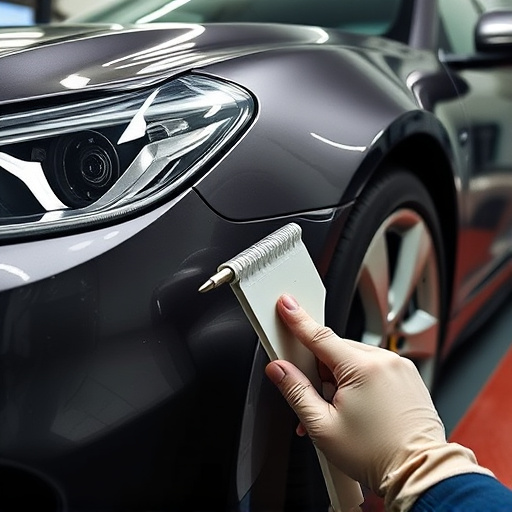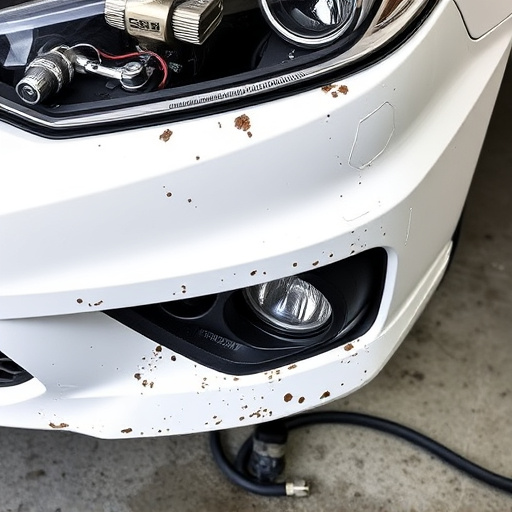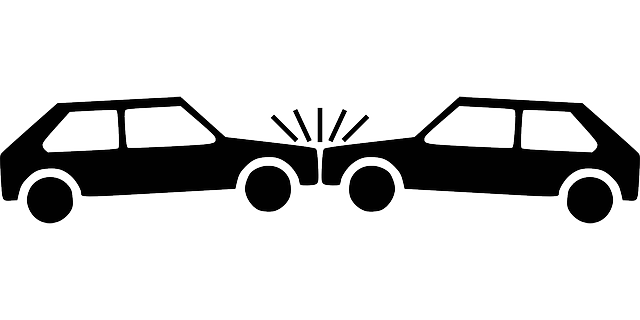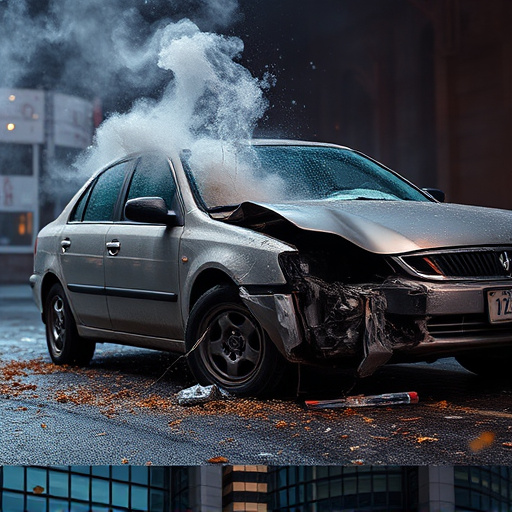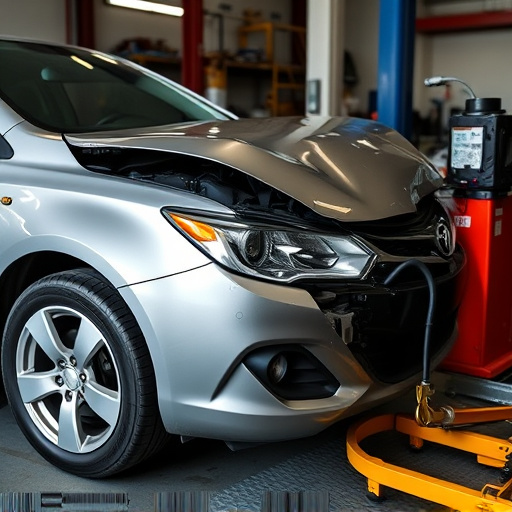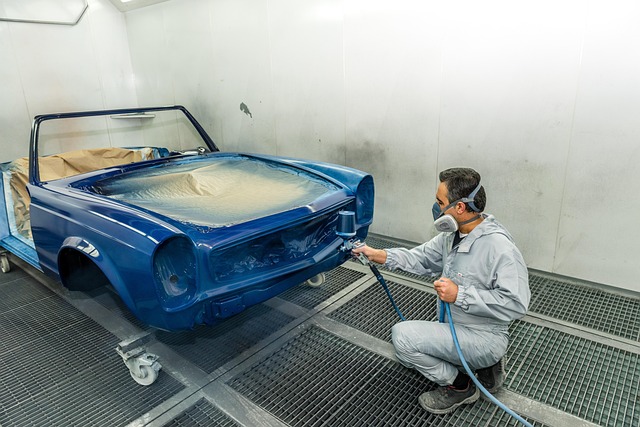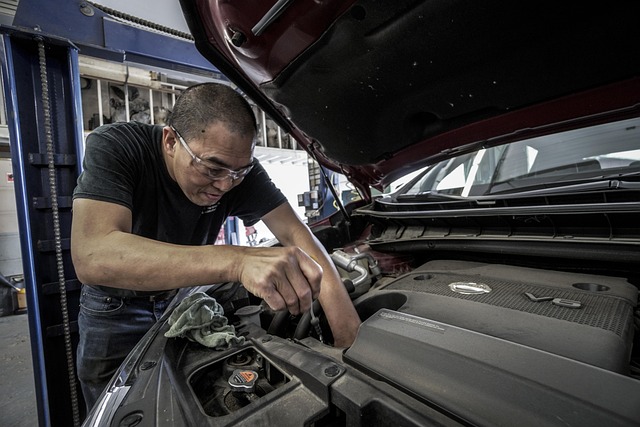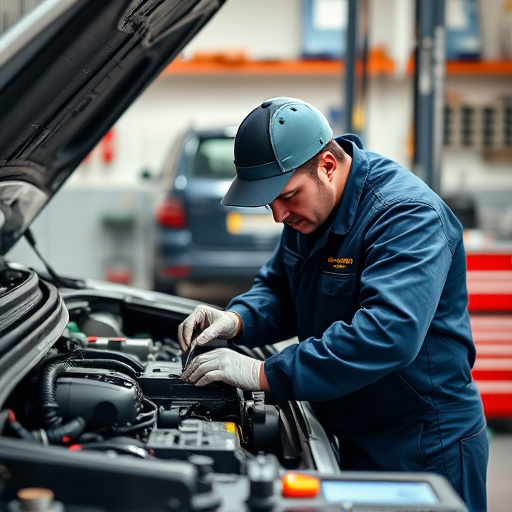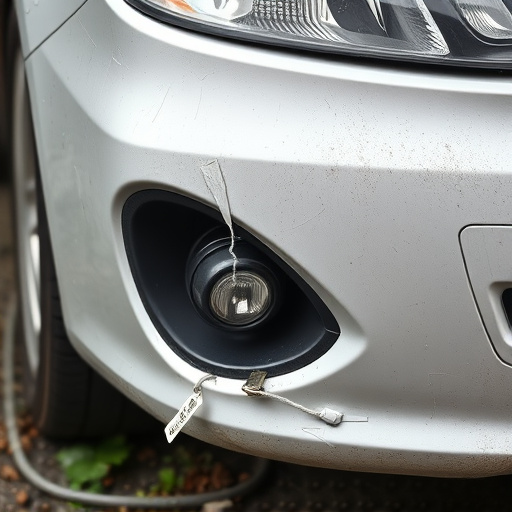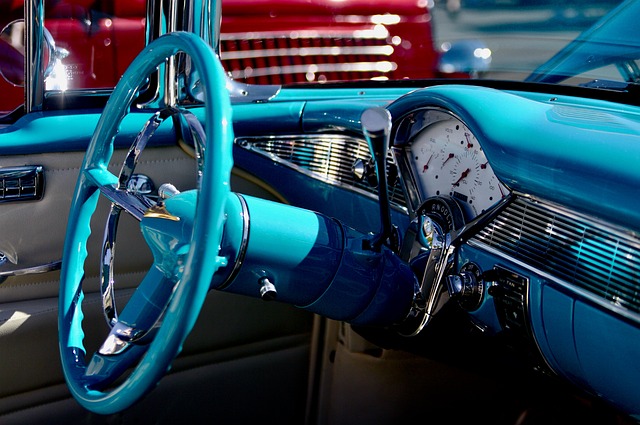Tesla employs advanced technology and skilled craftsmanship in its factory repair methods to restore vehicles to original condition, ensuring structural integrity and aesthetic appeal through robotic welding, computer-aided measurement systems, precise straightening, and meticulous paint restoration. This commitment to precision sets a new standard in the automotive industry, maintaining Tesla's high brand standards for both functionality and visual seamlessness. Best practices for structural straightening include thorough pre-repair inspections, advanced tools, documented techniques, clean workspace, and adherence to environmental safety measures.
Tesla vehicles are renowned for their cutting-edge technology and innovative design, but like any complex machinery, they require meticulous care during repairs. This guide delves into the intricate world of Tesla factory repair methods, focusing on structural straightening techniques. We explore the precision required to ensure these electric vehicles maintain their iconic form and performance. From understanding advanced repair processes to adopting best practices, this comprehensive overview equips readers with knowledge about Tesla factory repair methods.
- Understanding Tesla Factory Repair Methods
- The Precision of Structural Straightening Techniques
- Best Practices for Effective Tesla Factory Repairs
Understanding Tesla Factory Repair Methods

Tesla factory repair methods are a blend of advanced technology and precision craftsmanship, designed to return vehicles to their original structural integrity and aesthetic appeal. These methods involve a meticulous process that starts with a thorough inspection to identify any deviations from the manufacturer’s specifications. Once detected, specialized tools and techniques such as robotic welding, computer-aided measurement systems, and state-of-the-art paint technology are employed to straighten structures, repair panels, and restore the vehicle’s finish.
The process goes beyond simple auto body restoration or vehicle paint repair; it involves a comprehensive approach that ensures every detail aligns with Tesla’s high standards. Auto body services provided by certified technicians utilize advanced equipment to perform structural straightening precision, guaranteeing not just visual improvements but also enhanced safety and performance. This meticulous attention to detail is what sets Tesla factory repair methods apart, ensuring vehicles not only look their best but also maintain optimal structural integrity.
The Precision of Structural Straightening Techniques
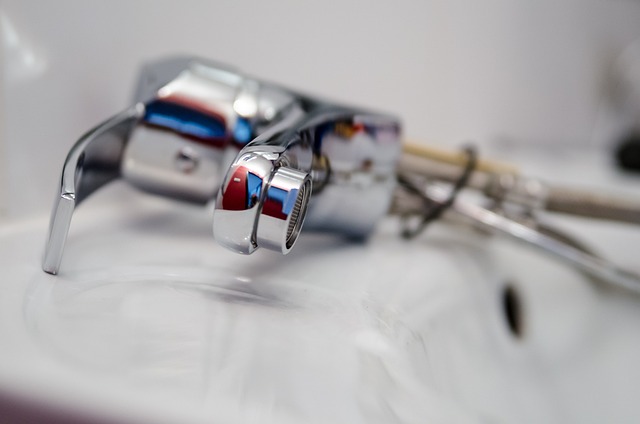
The precision required for Tesla factory repair methods, particularly when it comes to structural straightening, is unparalleled in the automotive industry. These techniques are meticulously designed to ensure that every component of a vehicle is restored to its original specifications, maintaining the integrity and aesthetics of the Tesla brand. Advanced machinery, such as computer-aided measurement systems and robotic arms, play a pivotal role in achieving this level of accuracy.
Automotive body shops specializing in Tesla factory repair methods employ intricate processes like laser alignment and 3D scanning to capture exact dimensions before and after repairs. This allows for precise adjustments and straightening of panels, frames, and chassis, addressing issues that might go unnoticed by the untrained eye. The result is a vehicle repair that is not just functional but also visually indistinguishable from its original state, making auto dent repair a seamless part of the overall process.
Best Practices for Effective Tesla Factory Repairs
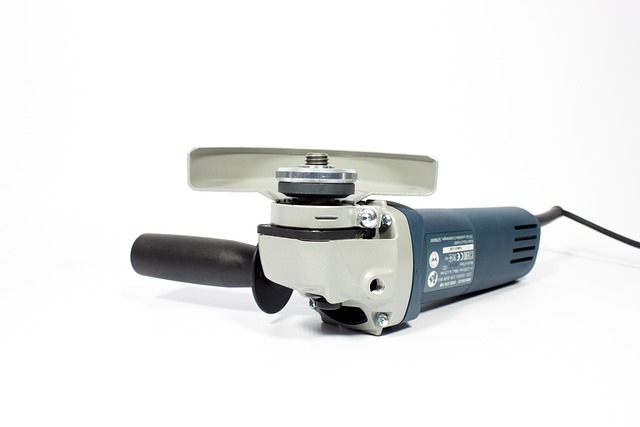
When undertaking Tesla factory repair methods, especially for structural straightening precision, it’s crucial to adhere to best practices for optimal results. Firstly, pre-repair inspection is key; thoroughly assess the damage and take accurate measurements to guide your repairs accurately. Utilizing advanced tools designed for vehicle restoration, such as specialized dent removal equipment, ensures precise adjustments without compromising the original factory finish.
Secondly, maintain a meticulous repair process, recording each step for future reference. This includes documenting the use of appropriate techniques and materials to match the Tesla’s original craftsmanship. Additionally, consider environmental factors; ensure your workspace is clean, dry, and well-ventilated to prevent contamination and maintain the integrity of both the vehicle and repair tools.
In conclusion, mastering Tesla factory repair methods, particularly structural straightening techniques, is paramount for maintaining these cutting-edge vehicles. By understanding the precision required and adopting best practices, technicians can ensure repairs that match the brand’s high standards. This guide offers a comprehensive framework to navigate the intricate world of Tesla factory repair methods, empowering professionals to deliver top-notch service.
